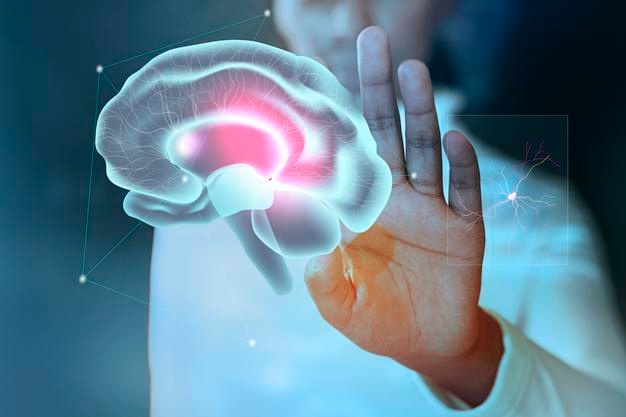Stroke is the world’s second greatest cause of death and disability, accounting for almost 5.5 million fatalities each year. The most crucial stage in the treatment of stroke is to respond as quickly as possible; remember, “time is the brain.” As soon as you see signs of stroke disease in yourself or someone close to you, get him or her to the hospital right away for proper medical care and stroke therapy to prevent irreparable brain damage.
How to recognize the symptoms of stroke disease?
The key to managing a stroke is recognizing the symptoms that appear unexpectedly, such as Face numbness or drooping, especially on one side.
-Numbness in the arm is a common ailment.
-Speech slurred
-Having trouble seeing with one or both eyes
-Headache
Immediate management of stroke:
If you suspect someone is having a stroke, remember the acronym F.A.S.T. and have them do the following:
F- Face– Have the subject smile and check for any sagging on any of the sides of their face.
A-Arm– Have the participant raise their arms and see if it is difficult for them to do so.
S – Speech – Have the person talk and listen for any slurred words.
T-Time – Get the victim to the hospital as soon as possible so that he or she can receive stroke therapy.
Risk factors for getting stroke disease
Although the risk of having a stroke increases with age, about 10-15% of stroke victims are under the age of 40. Stroke prevention is more important than stroke therapy, according to research, because stroke disease is caused by a variety of lifestyle factors.
-Because metabolically unhealthy obese people are more likely to have a stroke than metabolically healthy obese people, keeping a healthy weight and BMI is critical for lowering the risk of stroke.
-Migraine sufferers are more likely to have an ischemic stroke.
-Even after stroke therapies, depression was linked to a greater risk of stroke and mortality from stroke.
-The risk of stroke was raised by excessive alcohol use, heavy drinking, and binge drinking.
-Previous stroke disease, high blood pressure, high cholesterol, heart disease, and diabetes all raise your chance of having a stroke, thus living a healthier lifestyle is essential for stroke management.
Prevention is better than cure
According to the Centers for Disease Control and Prevention, rather than receiving stroke treatments after they occur, people can reduce their risk of stroke by living a healthier lifestyle that includes eating a healthy diet rich in nutrients and vitamins and low in fats and oils, exercising regularly and watching for excessive weight gain and obesity, maintaining a healthy BMI, avoiding excessive alcohol consumption, and not smoking.
Finally, when it comes to the care of stroke, ‘time’ is critical, and prompt action should be performed after discovering symptoms of stroke disease. Prevention of stroke disease by adopting a better lifestyle and lowering risk factors is also crucial in stroke management and avoiding the risk of having a stroke.
To get help or learn more about stroke symptoms and treatment, visit our Website https://www.lifehospital.in/ or call at 0240 248 0516 to make an appointment with Life Hospital, our board-certified Neurologist.
Life Hospital & Critical Care Center is a privately owned multispecialty hospital in Aurangabad, Maharashtra, India. It was established in 2014 and is now one of Aurangabad’s largest hospitals. Life Hospital is a one-stop medical institution that provides cutting-edge diagnostic, therapeutic, and intensive care services.
We are committed to providing world-class quality services at an affordable price. You have always been a support to most of our team members individually and we urge you to stand behind us and support the team to give them a chance to deliver their best. We need your support always. Looking forward to a long-term healthy association with you.

